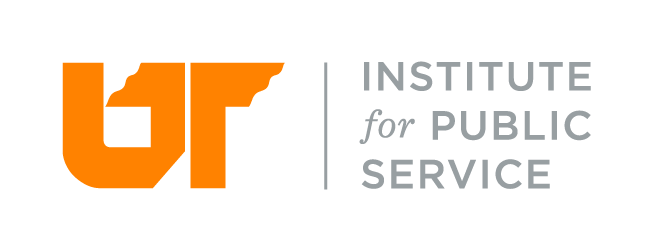Inspire, Empower, Communicate. Transform.
As you know, there are many leadership styles. In your careers, you have probably experienced several different ones. I have always been drawn to inspirational motivation; therefore, transformational leadership resonates with me. I feel that most of us in the public sector are already looking to improve our world and are not solely focused on self-interest.
In government, effective leadership is essential for driving innovation, fostering collaboration and delivering desired results. Effective transformational leaders are skilled at motivating employees to perform beyond what’s expected. This leadership approach can be utilized in government to improve service delivery, promote employee engagement and drive positive change. This leadership style inspires individuals to embrace change by fostering a culture of accountability, ownership and workplace autonomy.
Transformational leadership revolves around inspiring and empowering individuals to transcend self-interest and pursue collective goals. This leadership paradigm, as articulated by James MacGregor Burns and later refined by Bernard M. Bass, comprises four key components: idealized influence, inspirational motivation, intellectual stimulation and individualized consideration.
At its core, transformational leadership transcends traditional hierarchical structures by inspiring and motivating individuals to achieve extraordinary outcomes. One of the primary ways transformational leadership can help government work better is by articulating a vision that resonates with stakeholders and inspires collective action. By clearly defining the mission, values and strategic objectives of the organization, leaders can align the efforts of employees toward a common purpose with a sense of shared commitment and direction.
Transformational leaders lead by example and model integrity, transparency and ethical conduct. By demonstrating a commitment to accountability and ethical governance, leaders can instill trust and confidence among employees and the public.
Empowering and engaging employees is another hallmark of transformational leadership that can significantly enhance government effectiveness. By delegating authority and decision-making to capable team members, leaders can foster a culture of autonomy and ownership. This enables employees to take initiative and contribute meaningfully to organizational goals. By providing support and opportunities for skill development, leaders can create a culture of continuous learning and professional growth. This equips employees with the tools and resources they need to excel.
Promoting collaboration and communication is essential for government agencies and departments. Transformational leaders break down silos and promote cross-functional collaboration. This creates an environment where different perspectives are valued. By creating opportunities for open dialogue, knowledge sharing and collective problem-solving, leaders can harness the collective intelligence and creativity of their teams to address complex challenges and drive organizational excellence.
Finally, transformational leadership emphasizes the importance of fostering a culture of inclusivity, diversity and equity. Leaders can harness the unique talents and perspectives of all employees, fostering a culture of respect, empathy and belonging. This enhances employee morale and satisfaction and enables government agencies to better serve the diverse needs of the communities they represent.

